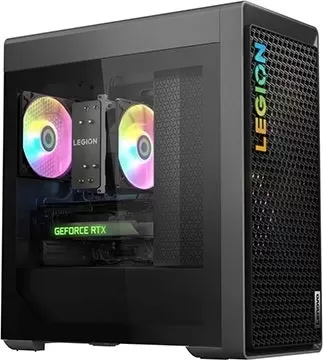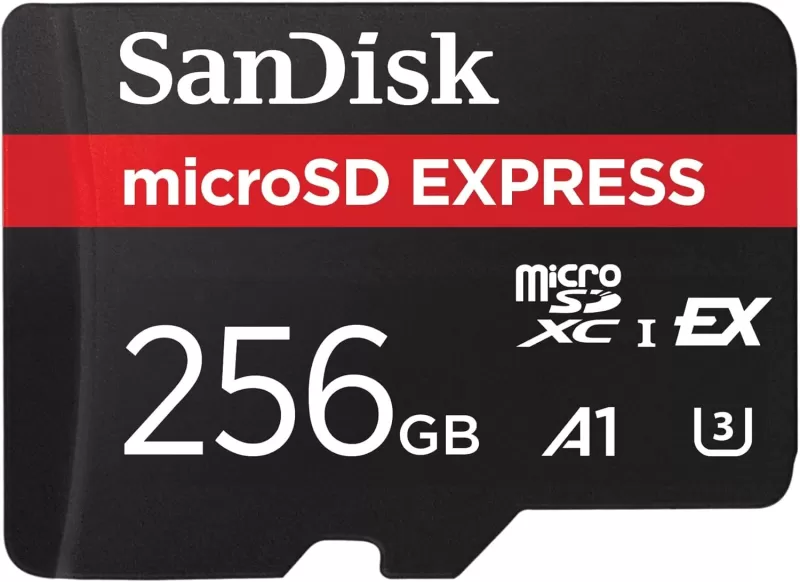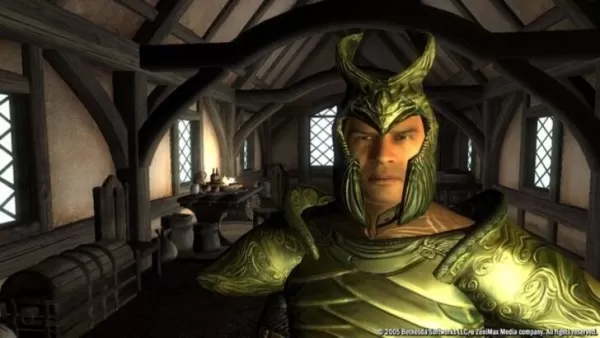"New Oblivion: Remake Look, Remaster Feel"
- By Ethan
- May 01,2025
When Bethesda unveiled the remastered version of Oblivion earlier this week, I was astounded. The game, originally released in 2006 with its infamous potato-faced characters and blurred, low-resolution landscapes, has now been transformed into the visually stunning Elder Scrolls experience ever. Having seen numerous HD remasters like the Mass Effect Legendary Edition and Dark Souls Remastered, which only slightly improved upon their Xbox 360 origins, I was skeptical. Yet, witnessing the Imperial City reborn in Unreal Engine 5 with ray tracing was breathtaking. Moreover, the game boasts enhancements in combat, RPG mechanics, and a host of other details. This led me to question whether Bethesda and Virtuos should have labeled it as a Remake instead of a remaster.
I wasn't the only one pondering this. Many fans and even Bruce Nesmith, the senior game designer of the original Oblivion, suggested that "remaster" might not fully encapsulate the extent of the changes. However, after playing for several hours, it became evident that despite its remake-like appearance, Oblivion Remastered fundamentally retains the gameplay feel of a remaster.
The reason Oblivion looks like a remake is due to the extensive work by Virtuos, who redesigned "every single asset from scratch." This means that everything you see on screen, from trees and swords to crumbling castles, is brand new. The game now meets modern graphical standards with beautifully textured environments, stunning lighting, and a new physics system that makes every arrow and weapon strike feel realistic. All NPCs, while still recognizable from the original, have been completely remodeled. This overhaul doesn't just aim to match what you remember; it strives to meet the visual expectations of 2025. Had I seen this before the remaster rumors, I might have mistaken it for The Elder Scrolls 6.But it's not just the visuals. The combat system has been revamped, making swordplay feel more engaging. The third-person camera now includes a functional reticule, and all menus, from the quest journal to dialogue and minigames, have been modernized. The original leveling system, often criticized, has been replaced with a more intuitive hybrid of Oblivion and Skyrim's systems. Plus, players can now sprint, adding to the gameplay enhancements. Despite these significant changes, the question remains: is it truly a remake?
The industry lacks clear definitions for remakes and remasters, leading to confusion. For instance, Rockstar's "Definitive Edition" of the Grand Theft Auto trilogy retains much of the original PS2-era blockiness, while the Crash Bandicoot N. Sane Trilogy, also labeled a remaster, boasts entirely new assets. Meanwhile, remakes like Bluepoint's Shadow of the Colossus and Demon's Souls rebuild games from scratch but remain faithful to the originals. Resident Evil 2 and Final Fantasy 7 Remake and Rebirth take even more liberties with their redesigns. This muddies the waters further.
Traditionally, a remake was considered a game rebuilt from scratch in a new engine, while a remaster involved upgrades within the original framework. However, these definitions are becoming outdated. A more fitting distinction might be that remasters are graphical overhauls that preserve the original game's design, with minor gameplay enhancements, whereas remakes redesign the game entirely, offering a new take on the old concept. Under this definition, games like Demon's Souls and Metal Gear Solid: Delta might be considered remasters.
 New lighting, fur, and metallic effects are just the tip of the iceberg in Oblivion Remastered's changes. Image credit: Bethesda / VirtuosBy these standards, Oblivion Remastered is aptly named. It may look like a new game with its updated assets and Unreal Engine 5 effects, but it retains the core mechanics and quirks of the original. As Bethesda stated, "We looked at every part and carefully upgraded it. But most of all, we never wanted to change the core. It’s still a game from a previous era and should feel like one."
New lighting, fur, and metallic effects are just the tip of the iceberg in Oblivion Remastered's changes. Image credit: Bethesda / VirtuosBy these standards, Oblivion Remastered is aptly named. It may look like a new game with its updated assets and Unreal Engine 5 effects, but it retains the core mechanics and quirks of the original. As Bethesda stated, "We looked at every part and carefully upgraded it. But most of all, we never wanted to change the core. It’s still a game from a previous era and should feel like one."
The game's older elements are evident in its loading screens, the baffling persuasion minigame, the simplistic city designs, the stilted NPC interactions, and the still somewhat clunky combat. The bugs and glitches, a hallmark of Bethesda's charm, remain intact.
Just months ago, Obsidian's Avowed showcased a modern take on some Elder Scrolls elements, highlighting how dated Oblivion Remastered feels in comparison. Yet, this remastered classic still holds value in 2025. Its world remains enchanting, filled with mysteries and oddities, and its ambitious quest structure and player freedom stand out. However, its dialogue, interconnected systems, and level design feel outdated. A remake would have updated these aspects, but Oblivion Remastered is about reliving the past, not reimagining it.
AnswerSee ResultsVideo games often borrow terminology from other media. In film, remakes are new productions with new casts and scripts, while remasters enhance existing films to meet modern standards. The 4K restorations of classics like Jaws and The Godfather look fantastic but remain distinctly products of their era. Oblivion Remastered is similar; it pushes visual quality to the limit, recreating its "exterior" in a new engine, yet it remains a product of the 2000s. As Alex Murphy, executive producer at Virtuos, aptly put it, "We think of the Oblivion game engine as the brain and Unreal 5 as the body. The brain drives all the world logic and gameplay and the body brings to life the experience that players have loved for almost 20 years."Oblivion Remastered is precisely what its name suggests, and it should be celebrated for its achievements. It sets a high standard for remasters from other major AAA companies. This is what Mass Effect Legendary Edition and Grand Theft Auto: The Trilogy should have aspired to be. Oblivion Remastered combines the visual fidelity of a remake with the preserved gameplay of a remaster, crafted by passionate hands and preserved by loving fans, embodying the perfect balance for a remaster.







